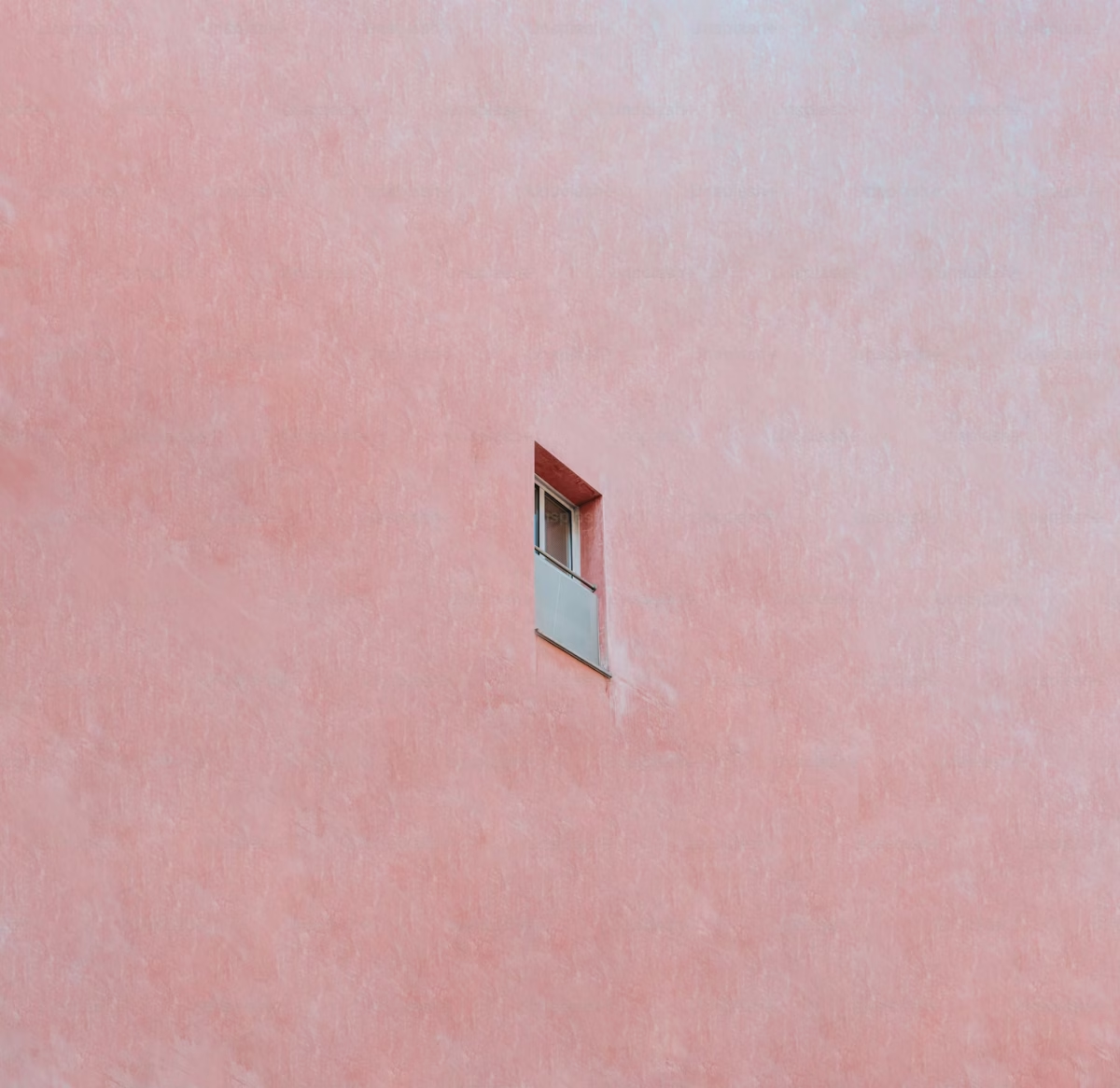“[Bharatanatyam] has always been really important to me. When I actually got up on that stage [for the first time], I was a little bit scared, but I had a lot of fun performing and I felt really proud [of] myself after it was over,” freshman Radha Achar said.
Bharatanatyam is a cultural dance originated in Southern India that focuses on stories of the Hindu religion. Rooting back almost 3,000 years, bharatanatyam encompasses three main points: nritta (technical dance), nritya (expressional dance) and natya (dramatic storytelling). The art form focuses on distinct expressions to convey tales or romance of the different Gods.Bharatanatyam forces dancers to pour their soul into each move.
“It’s a really beautiful art form where you can express different emotions,”Achar said. “You can learn how to do expressions; use your eyebrows, your head, your neck, basically every part of your body to depict a certain scene or convey a certain emotion. It looks really clean.”
Bharatanatyam has been deeply rooted in Achar’s life through family and culture. Observing from afar, Achar was initially introduced to bharatanatyam through her sister and mother. The women in her family have been following through with the dance as a part of their culture. Watching the dance form from such a young age ignited a passion for bharatanatyam early on. At age five, Achar’s parents placed her in a class that taught a mix of folk dancing. Folk is a broad term to describe the different types of dances in Indian culture, like bhangra, garba and bharatanatyam. At the age of five and a half, Achar stopped attending the previous dance class and focused solely on bharatanatyam, just like her sister.
“It’s a lot of emotion and dance and I get to express myself through it, it’s almost like a drama sometimes,”Achar said.
From then on, Achar has been practicing bharatanatyam for almost 10 years, learning new dances and continuing her passion for the art. During regular school weeks, Achar practices two days a week, one hour a day. A typical day at bharatanatyam practice varies depending on different factors. If there is an upcoming dance performance, there might be more practice rather than a class right after a performance, which is more laid back. Sometimes, dancers also go to practice every day of the week to sharpen their skills during bigger upcoming productions.
Diving deeper into the complexity of bharatanatyam, the core of the dance is based on adavus, or basic movements. Some of those movements are thattadavu—a way of leg tapping—and kuttadavu—striking the floor with the foot.
In total, there are more than 50 different adavus, but her teacher taught Achar the basic and most used twenty. These adavus are used in jathis, a rhythmic pattern, which is reflected in several different conformations. Before dancing, bharatanatyam dancers begin with namaskaram—a gesture of gratitude and greeting.
“We start off with the namaskaram, we begin and end class doing that,” Achar said. “We press the ground and thank God for being with us and our teacher and anyone who is watching. Then, we usually start off with adavus to build stamina, then we learn a new dance or continue a dance we’ve already learned.”

Achar finds joy in the dance. It provides her with a way to express herself and an outlet for her creativity. She finds it to be alluring in the ways she gets to move her body to exhibit different sentiments.
“It’s really fun because I like learning new pieces and doing them gives me a sense of pride,” Achar said. “Because I know it’s something that I’m good at.”
Achar has been placed in higher levels and dances from a young age. She can keep up with older peers and perform dances with great excellence, providing her satisfaction in doing an activity she reigns in. At Achar’s current age of 14, her age group would usually be far from completing their arangetram. Achar, however, has already surpassed that and completed her arangetram during eighth grade.
“During the arangetram time it was really scary because I’ve never performed alone for that long before,” Achar said. “But it made me feel really motivated because I wanted to do something that made me feel accomplished.”
Arangetrams are a big feat for bharatanatyam dancers. It is a solo dance performance that serves as a debut and an achievement throughout the journey. Achar performed her arangetram before Freshman year thanks to her progression in her class. Most dancers conduct this in their senior year of high school. Achar progressed rapidly because of her ability to learn and understand dances quickly, a skill she finds joy in. Her dance teacher recognized this and would allow her to join higher dancers to better fit her capabilities.
After Achar’s arangetram was conducted, she started volunteering as a teacher’s assistant.
“[Working as a teacher’s assistant] reminds me a lot of myself because I remember how I didn’t know anything when I first came in,” Achar said. “It’s nice to see [the newcomers] slowly memorize everything and grow into better dancers.”
Looking at the newer age group of kids joining her bharatanatyam class, Achar reminisces about her own past and when she first started bharatanatyam.
“Teaching younger kids who are about the same age as when I started makes me feel nostalgic about when I first began, and seeing them slowly grow through the teachings of the teacher and me helping out to makes me feel really happy to know that they will become great dancers in the future and I would have helped them in some way,” Achar said. “[Teacher’s assisting] brings another sort of joy for me because I can see my younger self in those kids.”













